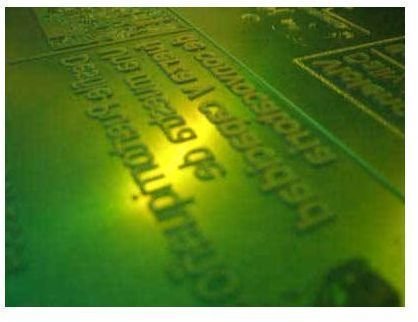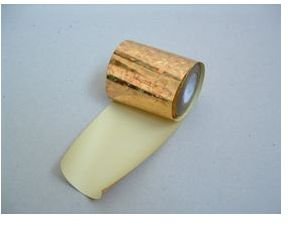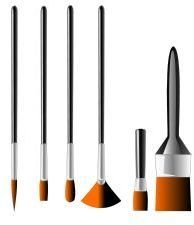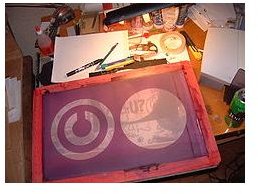Tricks for Adding White to Dark Paper in DTP Projects
Trying to print on dark paper can be extremely frustrating. This is mostly because the average at-home printer – and even many commercial printers – completely lack white ink. In fact, all the colors you see printed are usually created by three colored inks (cyan, magenta, and yellow) and black ink. Printers layer these inks together in a quick process that provides us with the millions of colors we see. However, one such color they can’t provide us with is white. The lack of white ink is one of the reasons that people avoid printing on dark paper. Dark paper tends to reduce the readability of text as well as alter the color of the printed ink, resulting in muddy colors. However, there are alternatives to printing white on dark, and even black paper, that can fit everyone’s budget and level of skill.
Choose a Lighter Shade of Paper
First and foremost, assess why you need to print on darker paper. Dark paper generally has poor visibility when it comes to all colors. When you print on dark paper you compromise visibility a significant amount. However, if you feel that printing on dark paper is your only option, there are a few steps that you can take to help give your printer the advantage it needs. The most important thing you can do is opt for the lightest shade of the color you wish to print on. Sure, you can go dark, but you probably don’t have to go the darkest paper available. By going only as dark as you have to, you maximize the ability for your colors to show up better, and the less you’ll need to worry about things like white inks. Of course, there are some helpful alternatives to white ink, and we’ll discuss them below.
Screen Printing
If you’re making a graphic-intensive project, such as a poster or a flyer, try screen printing. Not only are printing screens easy to make, they’re a relatively cheap thing to set up as well! There are a few different ways to handle using white and light-colored inks and paints in screen printing. You can coat a large area of your dark paper in a white ink before adding other colors on top, or you can go from darkest to lightest. This largely depends on how much white you need and how the colors layer together.
Screen printing, however, is not a feasible option for a lot of small white text on a dark background. Screen printing generally does not work well for small detailed areas, but rather better for large areas and bolder, blockier text. The less detail the better! If you want to learn how you can start screen printing at home, go ahead and check out my tips and tricks.
Flexography

Flexography is another option for those of you who are looking to print white on dark paper. If you’re familiar with the process of rubber stamping, you’re fairly familiar with the idea flexography already. Ink is applied to a rubber printing plate which presses against the surface used for printing. This option can be used to print on paper, plastics, fabrics and more. However, this is not an at-home option, and should only be used for those who haven’t been able to find an alternative option, or those who are willing to invest the time and energy to work with a printing press to achieve the desired look for your finished project.
At Home Foil Stamping

Foil stamping – sometimes referred to hot foil stamping, or hot foiling – is the process where you take a piece of heavily pigmented foil (often metallic) and stamp it onto a piece of paper, effectively transferring the pigment directly to your project, similar to gold leafing. This was originally something only accomplished by commercial printers, but can now be found in specialty kits for the at-home crafter. This method is a great, albeit slightly pricey way to add decorative accents to special projects like cards, posters, and flyers, but is not suitable for small, detailed work.
Handpainting & White Ink Pens

Of course, if all you need to do is add a few decorative accents and you’ve got a steady hand, a fine-tip brush and a bottle of white acrylic paint can be a perfect solution to being able to add white to your projects. Adding highlights, borders, and more, are easily done either free handed or with the aid of a stencil; text can easily be hand painted or created with the aid of white-ink pens, which use a formula similar to acrylic paint.
References
References: All information based on author’s personal experience.
Image Credits:
Teeshirt Copy left cadre - meul/wikimedia
Hot Foil Stamping - Dariusz Biegacz/wikimedia
Flexography Relief Plate - Celshader/wikimedia under public domain
Paint Brushes - Shazz/wikimedia
Unless specified all images released under CC license 3.0
